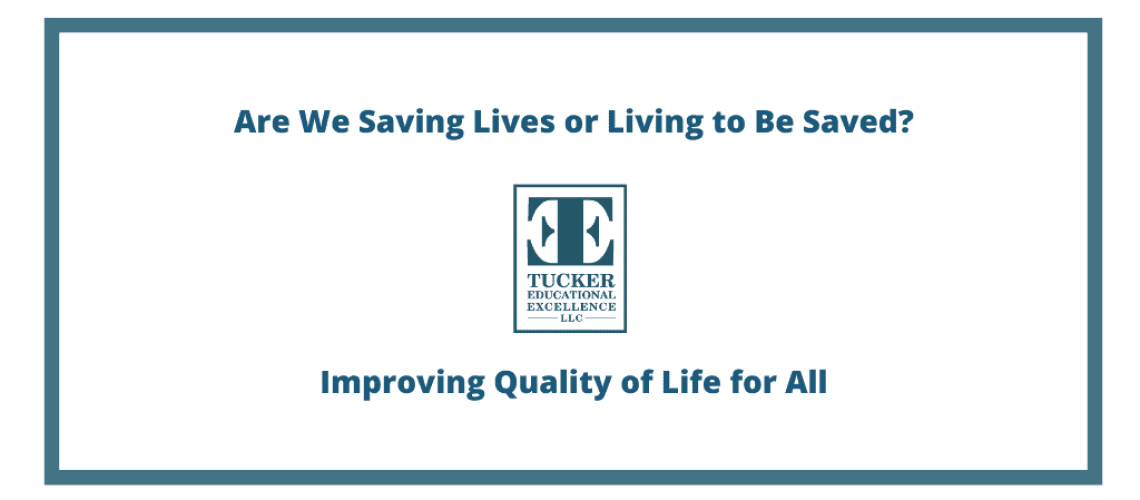
The onset of symptoms that may indicate the presence of a sleep breathing disorder (SBD) and the actual recognition that there is a problem can be years to decades. This is especially true of sleep apnea (OSA). A patient may snore on occasion and over time this may become more frequent. Is that when the trouble is beginning to occur, or could it be earlier? Most likely it is earlier, and it all starts with simply being a mouth breather, especially at night when sleeping. Mouth breathing also signals another major concern, the lack of nasal breathing. While all of this is going on night after night other related issues are developing as well as symptoms, albeit subtle, that signal the potential for long-term negative consequences. What may be starting to occur are as follows:
Symptoms Potential Health Consequences
Feeling Tired – low energy Increased weight – visceral / central obesity
Unable to concentrate Hypertension (requires medication)
Mood swings – irritable Cardiovascular Disease – especially A-fib
Poor sleep quality – wakes tired Type 2 Diabetes – insulin resistance
Memory issues Headaches – especially in the AM
Anxiety or feel depressed TMD and orofacial pain
Some of the consequences are health related and this is the focus of so many involved in the management of SBD. What is overlooked and often times neglected is quality of life (QOL) or more accurately Health Related QOL or HRQOL. 1 Many of the symptoms have the potential to significantly improve or even resolve with the proper management strategy but the health issues may not and as such will require ongoing medical management. Thus, the risk factors associated with them remains. This points to the question: are we involved in sleep medicine or is it medicine during sleep? 2 The point is poor sleep leads to the potential for many of the health-related consequences of OSA to be more profound during sleep as opposed to how they are viewed in the awake state. As such the goal is improve the quality of sleep to minimize the ill effects of these health and medical issues, leading to improved HRQOL.
The current trend is to consider more what is termed precision medicine or a value-based model. 1 This is basically an approach that is customized to the individual patient and may involve multiple management techniques. It is not a one size fits all approach. This follows another developing approach, phenotyping / endotyping to determine the correct approach, especially related to oral appliance therapy. 3
At this time the developing philosophy involves the P4 approach to OSA. 4 Basically this is as follows:
It has been proposed that there is a 5th P, that being the psycho-cognitive aspect to management. 5 This may apply to more chronic illnesses.
In conclusion we must keep certain facts in mind. As dentists we are making a contribution to the overall improvement in the patient’s HRQOL. This involves education about the many aspects of SBDs and what the impact of oral appliance (OA) therapy may be. In addition, the OA may not be the singular therapy and may involve other management approaches adjunctively that we can offer or help the patient secure. At Tucker Educational Excellence (TEE) we are dedicated to the varied approaches to care and helping those who attend our courses, both at the time and into the future, to be as well educated and knowledgeable as possible. We believe in the collegial approach to care – not a singular approach.
Lastly keep in mind: to treat is to give – to manage is to assist and guide. We at TEE focus on good management and guidance in this ever changing and exciting discipline.
References
All Rights Reserved. Tucker Educational Excellence, LLC. ©
Designed With ♥ By 239WEB.com